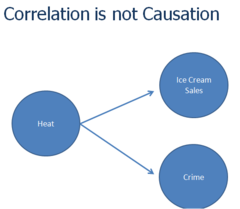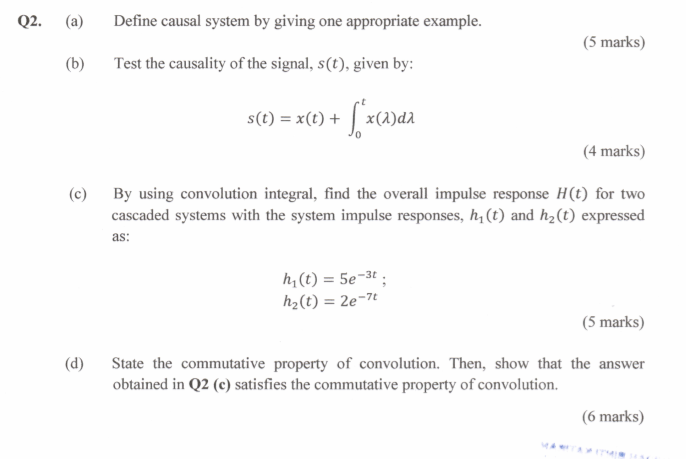

The intent element of these torts is satisfied when the tortfeasor acts with the desire to bring about harmful consequences and is substantially certain that such consequences will follow. These interests are violated by the intentional torts of assault, Battery, trespass, False Imprisonment, invasion of privacy, conversion, Misrepresentation, and Fraud. Intentional TortsĪn intentional tort is any deliberate interference with a legally recognized interest, such as the rights to bodily integrity, emotional tranquility, dominion over property, seclusion from public scrutiny, and freedom from confinement or deception. In theory these objectives are served when tort liability is imposed on tortfeasors for intentional wrongdoing, Negligence, and ultrahazardous activities. Fourth, it seeks to vindicate legal rights and interests that have been compromised, diminished, or emasculated. Third, it seeks to discourage injurious, careless, and risky behavior in the future.

Second, it seeks to shift the cost of such injuries to the person or persons who are legally responsible for inflicting them. First, it seeks to compensate victims for injuries suffered by the culpable action or inaction of others. Tort law also governs a wide array of behavior in less intimate settings, including the operation of motor vehicles on public roadways. When a loved one is killed by a tortious act, surviving family members may bring a Wrongful Death action to recover pecuniary loss. Sometimes tort law governs life's most intimate relations, as when individuals are held liable for knowingly transmitting communicable diseases to their sexual partners. Tort law also helps regulate the environment, providing remedies against both individuals and businesses that pollute the air, land, and water to such an extent that it amounts to a Nuisance. In the workplace, tort law protects employees from the intentional or negligent infliction of emotional distress. In economic affairs, tort law provides remedies for businesses that are harmed by the unfair and deceptive trade practices of a competitor. Over the last century, tort law has touched on nearly every aspect of life in the United States. legal treatises were published in which a portion of the common law was synthesized under the heading of torts. During the nineteenth century, the first U.S. Most of the American colonies adopted the English common law in the eighteenth century. Gradually, the common law recognized other civil actions, including Defamation, libel, and slander. Instead, the British legal system afforded litigants two central avenues of redress: Trespass for direct injuries, and actions "on the case" for indirect injuries. The word tort comes from the Latin term torquere, which means "twisted or wrong." The English Common Law recognized no separate legal action in tort. Tortfeasors are subject to neither fine nor incarceration in civil court. Remedies for tortious acts include money damages and injunctions (court orders compelling or forbidding particular conduct).

Unlike criminal prosecutions, which are brought by the government, tort actions are brought by private citizens. Unlike actions for breach of contract, tort actions are not dependent upon an agreement between the parties to a lawsuit. The law of torts is derived from a combination of common-law principles and legislative enactments. Third, the plaintiff must prove that he suffered injury or loss as a direct result of the defendant's breach. Second, the plaintiff must demonstrate that the defendant breached this duty by failing to conform his or her behavior accordingly. First, the plaintiff must establish that the defendant was under a legal duty to act in a particular fashion. Three elements must be established in every tort action. The person who sustains injury or suffers pecuniary damage as the result of tortious conduct is known as the plaintiff, and the person who is responsible for inflicting the injury and incurs liability for the damage is known as the defendant or tortfeasor. A body of rights, obligations, and remedies that is applied by courts in civil proceedings to provide relief for persons who have suffered harm from the wrongful acts of others.


 0 kommentar(er)
0 kommentar(er)
